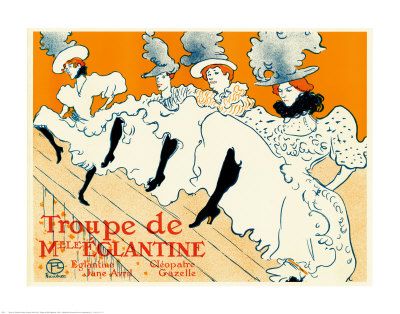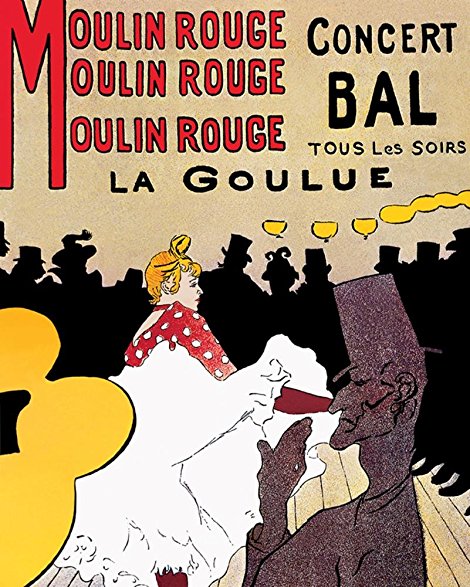The Spirit of the Belle Époque: Paris at the Fin de Siècle
- Location: Chapel Arts, Knapp Road, Cheltenham, Glos. GL50 3QQ
- Date: 18.04.18 | 10:30am
- Book Now: 01242 580077
The Spirit of the Belle Époque: The Flowering of Art in France
The last quarter of the 19th century saw the first telephone, electric light bulb, petrol engine, wireless telegraphy, skyscraper and motion picture. In science and technology, progress or newness is easily measured and verified in terms of knowledge and understanding of the material world. Art Nouveau practitioners, as they entered the last decade of the 19th century, actively sought a ‘new aesthetic’ and, in general, saw themselves as ‘Modernists’ cutting off from the past – particularly as represented by academicism or historicism based on the Classicism of Ancient Greece and Rome. The last decades of the 19th century saw avant-garde painters and writers finding some common ground. They did so, for the most part, under the banner of Symbolism (initially a literary movement). Toulouse-Lautrec’s lithographic posters for the Moulin Rouge cabaret in Paris, with their flattened decorative forms, stressed outlines, simplified colour and integrated text, share much with Art Nouveau. Japanese prints’ asymmetry, flatness of colour and tone, and sensitive balance of foreground and background forms were particularly influential. In France, Art Nouveau was less associated with architecture than was the case in Belgium. Decorative products predominated, such as glassware and jewellery by René Lalique; glassware, fire-screens and other artefacts by Émile Gallé; or posters and illustrations by the Czech-born Alphonse Mucha. The most notable French Art Nouveau architect was Hector Guimard, best known for his exuberant cast-iron entrances to Paris Métro stations. The beginning of the 20th century marked the first time a movement in the arts was described as “avant-garde” – a term previously used in military and political contexts, which remained to describe movements which identify themselves as attempting to overthrow some aspect of tradition or the status quo. As the pace of life quickened, the twentieth century gave birth to a cornucopia of ‘isms, in heralding the genesis of Modern Art in Europe with Paris as the cultural hub.
More information is available via:
Mrs Alex Davies: alexcassie.davies@btinternet.com


